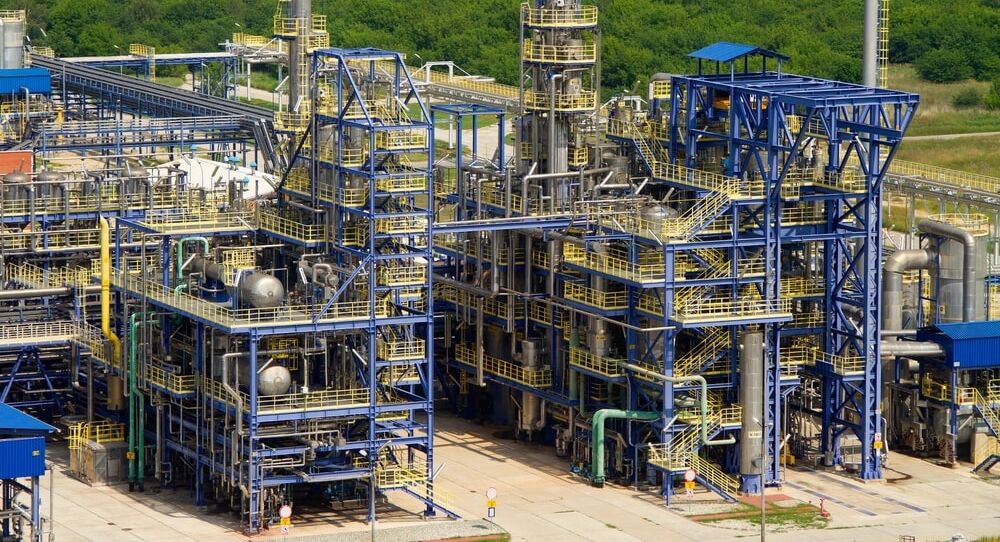Pipeline and vessel abandonment involves either removing it from the ground or leaving it in place with specific requirements for the safety of the public and the environment. Once a pipeline or vessel is discontinued and taken out of service, the company that owns it is responsible for maintaining it.
In Canada, the Canada Energy Regulator (CER) details the abandonment process and provides regulations and requirements to oversee the lifecycle of a pipeline or vessel. All decisions for construction, operation, and abandonment is based on public safety and environmental and economic considerations.
Nitrogen pipeline services completed by Canadian Nitrogen services follow the CER’s recommendations.
Safety and environmental considerations for pipeline and vessel abandonment
While each pipeline and vessel abandonment project varies, certain requirements must be met to ensure safety. This incudes:
- Treating the pipeline or vessel as if it’s still in operation
- The company who owns the structure must dismantle it to avoid disputes and liabilities
- Properly cleaning and purging the pipeline or vessel so it’s left in a safe condition
- Emptying and isolating the pipeline or vessel
- Performing required reclamation procedures
- Disconnecting a pipeline or vessel from the operating facility and plugging open ends, if the structure is to remain in the ground
- Returning the pipeline or vessel to a state similar to the surrounding area
- Removing any surface equipment that is no longer in use
- Placing warning signs where the pipeline or vessel was abandoned
- The company permanently maintaining the abandoned pipeline or vessel, as corrosion will eventually cause it to lose structural integrity
Why mobile nitrogen is the preferred method for pipeline and vessel abandonment
During the process of pipeline and vessel abandonment, companies must detect any residual contaminants that can pose a risk to the public and the environment. All combustible fluids need to be eliminated for a pipeline or vessel to be classified as abandoned. Purging the pipeline or vessel can be done with an inert gas to force out any residual material left in the structure.
Onsite nitrogen generation is the preferred method for well abandonment because it:
- Is cost-effective
- Reduces the company’s carbon footprint
- Improves the safety of the project
- Can reach a purity level of 95-99%
- Eliminates the risk of fire/explosion
- Eliminates the complex logistics of hauling nitrogen tanks to the site
- Minimizes downtime
While other types of gases can be used, nitrogen is preferred due to its high purity levels and efficacy. Nitrogen is non-combustible, dry, and can quickly displace moisture and oxygen. For pipeline and vessel abandonment, where ensuring the safety of the public and the environment is the primary concern, nitrogen is crucial for the process.
Canadian Nitrogen Services offers pipeline and vessel abandonment services
At Canadian Nitrogen Services, our system is interconnected and calibrated to generate and supply nitrogen on demand and as required.
There is no hazard or risk to running our onsite nitrogen generator as we extract it from the atmosphere. We do not haul and convert liquid nitrogen to gas onsite, which comes with serious risks and hazards. Cryogenic liquid can burn through flesh and poses life-threatening health and safety risks for workers.
For more information on mobile nitrogen services for your pipeline or vessel abandonment project, contact us today.


